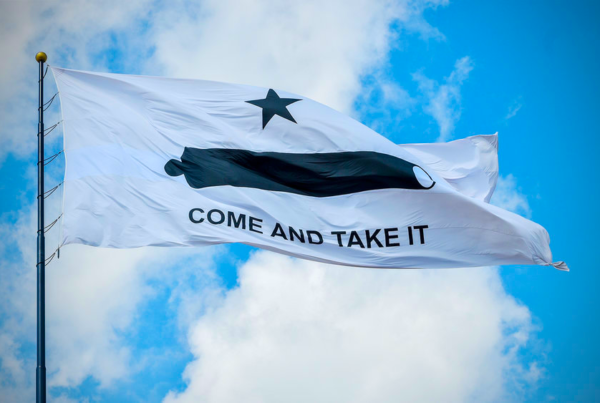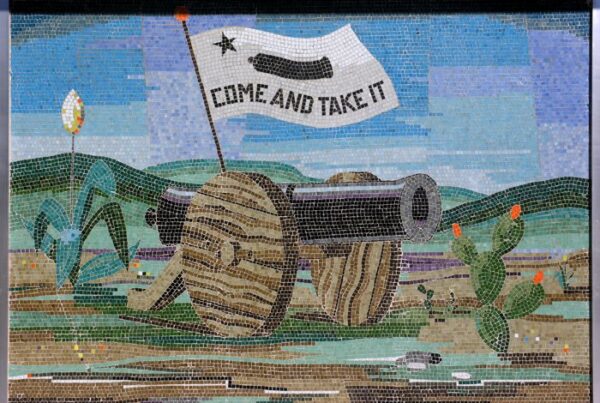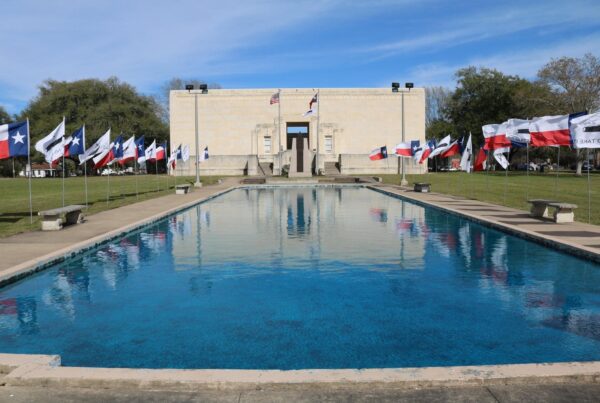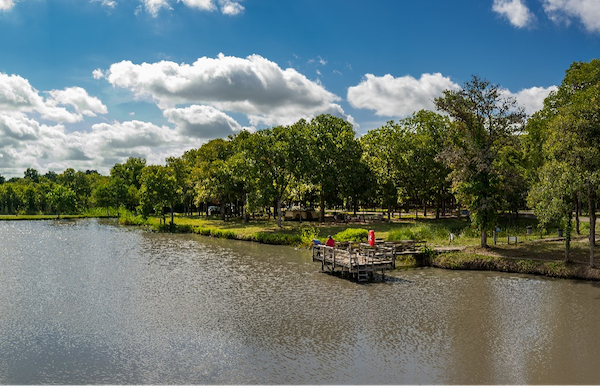The Knights of Pythias was formed on May 27th. On September 22nd, the Gonzales Water Power Company was granted a franchise from the City to maintain a dam across the Guadalupe River. It was incorporated on November 18th. On October 3rd, Dr. Kate Howe’s office was still located in the Keyser House. Also, on October 3rd, the Aransas Pass train ran off the track twice in one day while coming from Luling. As of October 10th, cotton receipts had surpassed 5,000 bales. On October 17th, W.B Cavett & Sons had an immense stock of tinware, hardware, cooking and heating stoves, and cotton gins were overcrowded. Mr. DeWitt was running his gin day and night. On October 24th, the Cavett-Maurin Building, built of rock, was completed (west side of Block 33) at 520 St. Paul Street. Cavett was the first tinner in the area, and this building was known as Boothe & Lewis Hardware Store for many years. The James F. Miller building was completed at 417 St. George Street, a two-story building on the south side of Block 23. The Brick and Tile Company, a new industry owned by Jobe & Dickson, was located on the east side of Guadalupe River, (Block 1, Lot 1, and north half of lot 2), as of November 1st. The Schleyer Building was completed at 521 St. Joseph Street (east side Block 19), and the John Fauth Building was completed at 524 St. Paul Street (west side Block 33). As of November 1st, the Gonzales High School was being built (later became Central Ward Elementary), located on College Street between St. Louis and St. Lawrence Streets. The architect was J.Riely Gordon. On November 28th, which was Thanksgiving Day, the corner stone for the new high school was laid in a Masonic ceremony. The railway line was built through Gonzales (Lockhart branch of San Antonio & Aransas Pass Railroad running from Yoakum to Lockhart). The Rosa Allen Building, a brick structure with two stories, was completed at 419 St. George Street (south side Block 23), and Henry Beringer had an ice plant (part of Block 2 and part of Block 3) that was closed in 1927. On December 12th, The Inquirer stated, “Send your children to school regularly. There is nothing so injurious to their progress as irregular attendance.” Also, on the same date, up to that point, 10,937 bales of cotton had been shipped from Gonzales.
Visitor Guide


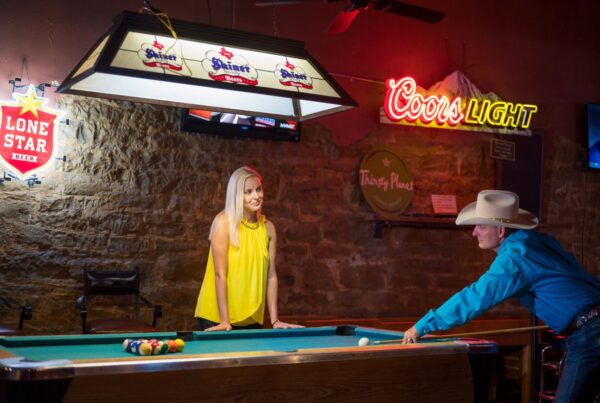


304 Saint Louis, Gonzales, TX 78629 | 888-672-1095
Contact Us | Directory | City of Gonzales | Gonzales Chamber of Commerce
GONZALES TRAILS & TALES
Recent Posts / View All Posts

Chasing Shadows: Your Guide to Experiencing the Solar Eclipse in Gonzales, TX
Regan Wilkerson | Uncategorized | No CommentsChasing Shadows on April 8th in Gonzales, TX Get ready…

12 Sweet Ways to Celebrate Love on Valentine’s Day in Gonzales, TX
Regan Wilkerson | Plan Your Trip | No CommentsLove is in the air, and Valentine's Day is just…

5 Places to Grab A Drink After Hours in Gonzales, Texas
Regan Wilkerson | Plan Your Trip | No CommentsIf you're in Gonzales, Texas, and looking for a place…

Gonzales, Texas in Focus: 7 Budget-Friendly Photography Spots
Regan Wilkerson | Attractions | No CommentsAre you a photography enthusiast looking for beautiful and affordable…

304 Saint Louis, Gonzales, TX 78629 | 888-672-1095
Contact Us | Directory | City of Gonzales | Gonzales Chamber of Commerce
© 2024 Tour Gonzales.
Website updated and managed by MaryMakingTX


